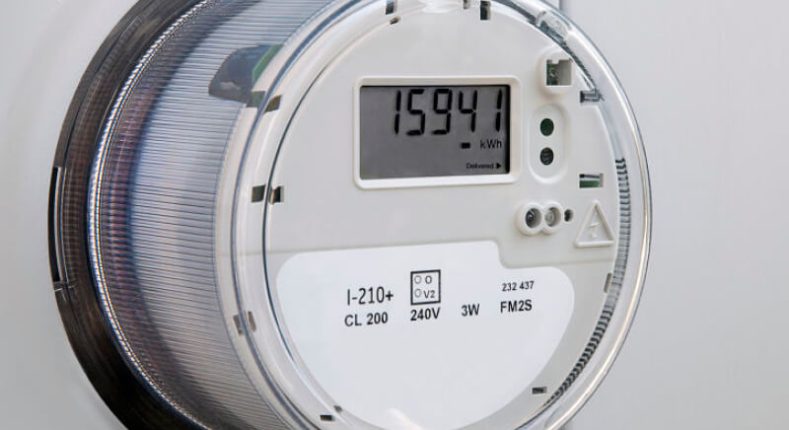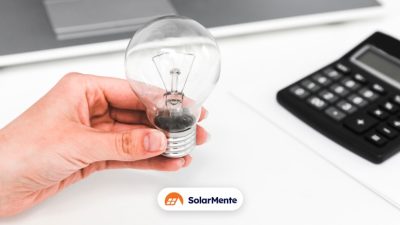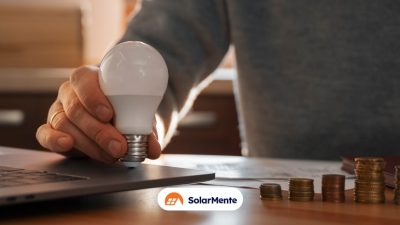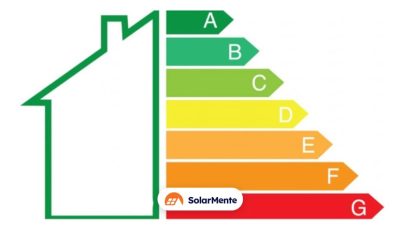In everyday life, we face a variety of bills, but few are as enigmatic as the electricity bill. Deciphering the numbers and terms may seem challenging, but understanding the units of measurement is the first step to taking control of your energy consumption and ultimately reducing costs.
In this post, we’ll explore the keys to understanding the units of measurement on your electricity bill, demystifying concepts like kilowatt-hours, volts, amps and more. Get ready to enlighten your knowledge about the world of electricity!
Kilowatt-hour (kWh):
The kilowatt-hour, abbreviated as kWh, is the cornerstone of electricity consumption measurement. It represents the amount of energy consumed by a device with an output of 1 kilowatt for one hour. To visualise this, imagine turning on a 100-watt light bulb for 10 hours; this equals 1 kWh.
Practical examples:
Appliances: Most appliances have labels indicating their consumption in kWh. Check this data to understand how much energy they are using.
Efficiency tips: Reducing device usage time, turning off unnecessary lights and using efficient appliances can reduce your kWh consumption.
Bill Impact:Most electricity tariffs are based on consumption measured in kWh. Therefore, understanding and controlling this unit is essential to managing energy costs in your home or business.
Volts (V) and Amperes (A):
Voltage (V) and electric current (amperes, A) are two fundamental concepts for understanding how electricity flows in our devices and homes.
Basic Definition:
Volts (V): Represents the force or pressure with which electricity moves through a circuit. It is comparable to the pressure of water in a pipe.
Amperes (A): Indicates the amount of electric current flowing through a conductor. It is like measuring the amount of water flowing through a pipe.
Relation to Power (W):
Power (in watts, W) is calculated by multiplying volts by amperes (P = V x A). This formula shows how electricity does work, such as lighting a lamp or operating an appliance.
Understanding Efficiency: Inadequate voltages can affect device performance. Make sure your devices operate within the specified voltage range to optimise efficiency.
Reducing current (amps) by using more efficient devices can also contribute to more sustainable energy consumption.
Active and reactive power:
When it comes to electricity, it is not only important how much energy is consumed, but also how it is used. This is where active power and reactive power come into play.
Active Power (kW):
Active power, measured in kilowatts (kW), is the part of electricity that does useful work. It is the energy you actually use to power lights, appliances and other devices.
Practical Example:
Imagine a blender that consumes 1 kW while it is running. During one hour, it would have consumed 1 kWh of active power.
Reactive power (kVAR):
Reactive power, measured in kilowatt-reactive (kVAR), is the energy that does no useful work, but is necessary to maintain the voltage in electrical circuits.
Practical Example:
If you have an electric motor in your home, such as an air conditioner, it may require reactive power in addition to active power to function properly.
Power factor:
The power factor (PF) is the ratio of active power to apparent power (the vector sum of active and reactive power). A PF close to 1 indicates an efficient use of energy.
Practical Example:
A device with an active power of 1 kW and an apparent power of 1.2 kVA has a power factor of 0.83 (1 kW / 1.2 kVA).
Understanding these concepts is crucial, as high reactive power can lead to additional costs on the electricity bill.
What is the function of electricity meters?
Energy meters are devices that quantify and record electricity consumption. The supply companies issue invoices based on the consumption recorded and the prices agreed in the contract, and these records also facilitate the settlement of invoices between the different actors in the electricity market (distributors, Market Operator, System Operator).
The liberalisation of the electricity sector in Spain led to a reform of the metrological system for energy metering through Royal Decree 1110/2007. The new meters are electronic, with extended metering and recording functionalities, and advanced communication features for remote readings (remote management).
Thanks to these devices, your electrical supplier can measure, record and store information about:
- Active energy, measured in kilowatt hours (kWh).
- Reactive energy, measured in kilovolt ampere reactive hours (kVArh).
- Maximum power at 15-minute intervals, measured in kilowatts (kW).
- Hourly curves of active and reactive energy consumption.
- Remote and local readings of power, active energy and reactive energy.
- Supply quality parameters.
- Remote parameterisation of metering equipment: configuration of hourly discrimination periods and contracted power.
These advances in metering not only facilitate accurate billing, but also enable greater control and efficiency in electricity consumption.
At Solarmente, we advocate the adoption of clean and sustainable energy through the implementation of self-consumption photovoltaic installations. This approach not only contributes to the preservation of the environment, but also provides the opportunity to achieve considerable savings on your electricity bill. Here, you are simultaneously the producer and consumer of the energy you generate.
If you have not yet assessed the positive impact this can have on your finances, we invite you to try our Self-Consumption Calculator. Find out how much you can reduce the amount of your electricity bill and be prepared for more than one surprise – calculate your savings potential today!
















